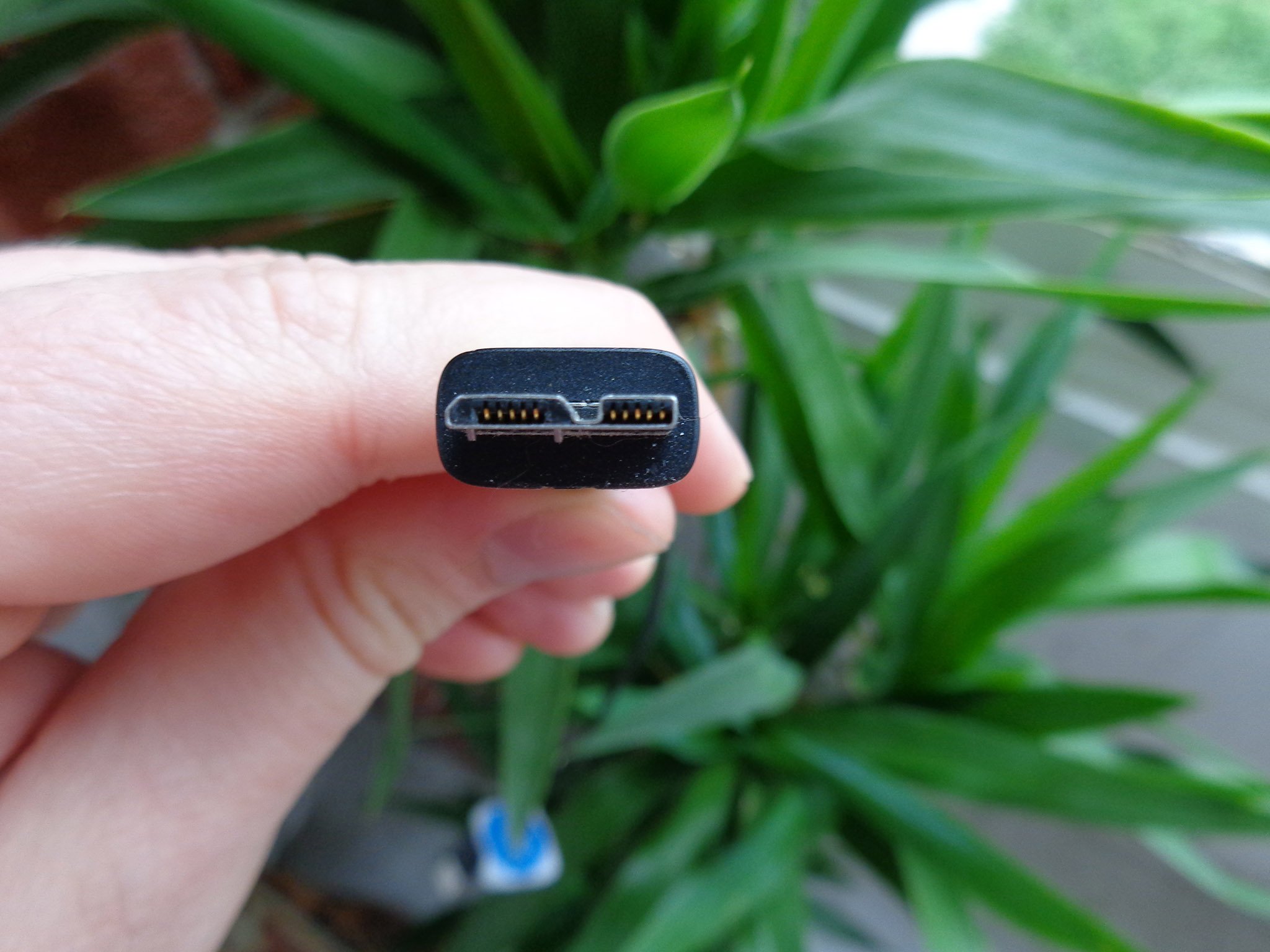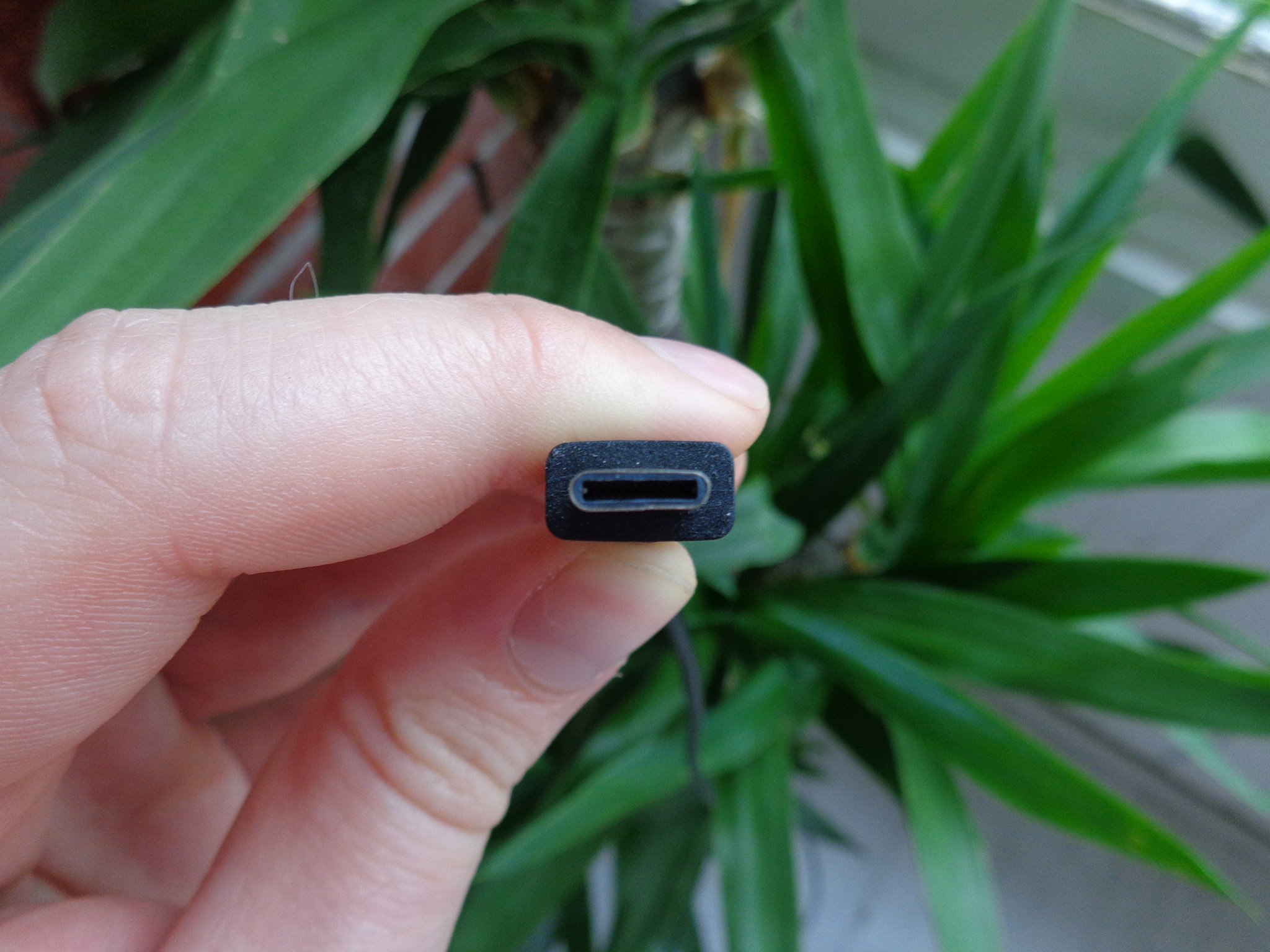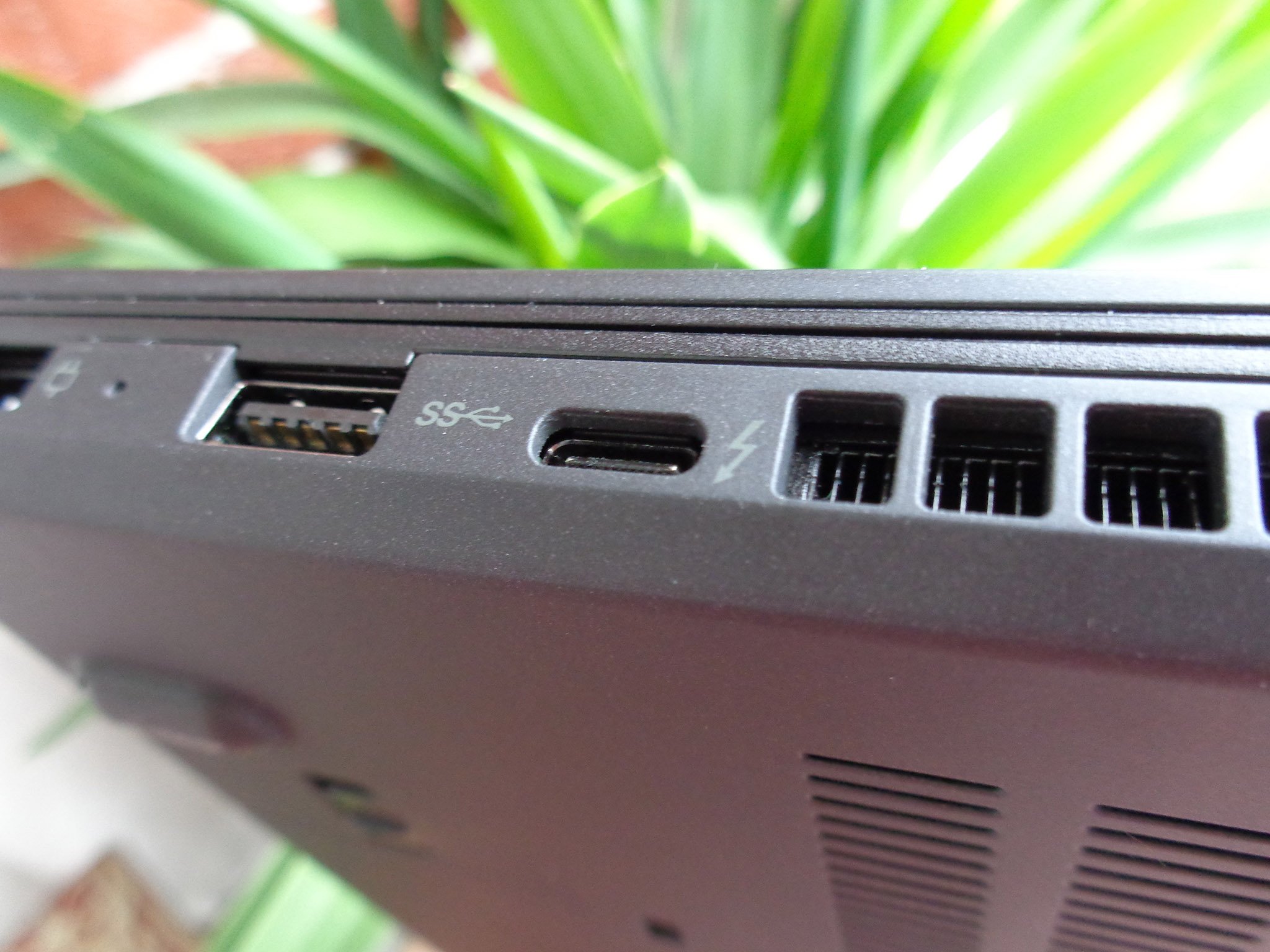Is Thunderbolt 3 the same as USB-C?
With more and more manufacturers opting to include USB-C and Thunderbolt 3 ports on their laptops and other devices, many people are wondering exactly how these ports differ and what the terms actually mean. To help explain how the two technologies work, let's take a quick look at the history of each, and how they apply to our devices today.
What are the different types of USB?
The numbered designations of USB cables are revisions that have been made over the years. USB 1.1 was the first commercially available, USB 2.0 came a couple of years later, and we've since moved into USB 3.0, USB 3.1 Generation 1, and USB 3.1 Generation 2. Both generations of USB 3.1 might be called SuperSpeed, but their speeds are 5Gbps and 10Gbps respectively.
Each revisions upped the speed of data transfer, as well as the amount of power that could be delivered. With these revisions have also come some different shapes of connector and port. New revisions have remained backward compatible with older technology, albeit with the use of adapters, hubs, and dongles.
USB-A

USB-A on top, USB-C below.
USB-A, also known as USB Standard-A or USB Type-A, is a rectangular connector and has been around from the start as USB moved through the numbered specifications. USB-A ports are found on countless devices, including many desktop PCs and laptops. Your keyboard and mouse probably use USB-A to connect.
USB-B

USB Micro-B with SuperSpeed.
USB-B, also known as USB Standard-B and USB Type-B, is a more squared connector with beveled edges at the top, and it is compatible with USB 1.1, USB 2.0, USB 3.0, and USB 3.1. While nearly every computer over the past decade has been equipped with USB-A ports, practically everything that you would plug the other end of that USB cable into sported one of the various types of USB-B ports. The vast majority of printers and scanners even today are equipped with the original style of USB-B, which is nearly square. Most non-iPhone smartphones up until the past two years were equipped with USB Micro-B (more commonly known as Micro-USB), while a smattering of devices are equipped with USB Mini-B ports (like all but the most recent GoPro cameras).
USB-C
USB-C, also known as USB Type-C, signifies the shape of the connector and port that is the latest evolution in the line of USB-A and USB-B. USB-C uses a small, rectangular connector with rounded edges that can be inserted into a port facing up or facing down.

USB-C connector.
As for the specification, USB-C is most commonly USB 3.1, which is capable of delivering up to 10Gbps transfer speeds. It can also deliver up to 100 watts of power — enough to rapidly charge even a high-power laptop. Do you have a phone that uses a USB-C port? What about a laptop? The Lumia 950 and ASUS ZenBook 3 are both examples of devices that use USB-C to both charge and transfer data.
What is Thunderbolt?
Thunderbolt, like USB, has gone through a few revisions before arriving at the latest, Thunderbolt 3. The original Thunderbolt had a top speed of 10Gbps, Thunderbolt 2 had a top speed of 20Gbps, and Thunderbolt 3 now has a top speed of 40Gbps. While the first two Thunderbolt revisions used a Mini DisplayPort connector and port, Thunderbolt 3 has teamed up with USB-C.
Think of Thunderbolt 3 as borrowing someone else's car — in this case, a USB-C car — and being able to drive it very quickly. When that speedster isn't driving the car, speeds return to normal.

The lightning bolt next to the USB-C port signifies that it is Thunderbolt 3 capable.
Thunderbolt 3 cables can work as regular USB-C cables, and vice versa. However, the port on your device must have a Thunderbolt 3 chip in order to take advantage of the extra speeds. For example, plugging a USB-C cable into a regular USB-C port and expecting Thunderbolt 3 features will leave you sad.
Why do we want Thunderbolt 3? Well, it's four times faster than the top 10Gbps speed of USB 3.1, plus you can have up to eight lanes of DisplayPort 1.2 data going back and forth, as well as four lanes of PCIe Generation 3 going back and forth.
Have you seen those external GPUs some new laptops use? They're most likely connecting through a USB-C port that is Thunderbolt 3 enabled, taking advantage of the PCIe lanes. Have you seen multiple external monitors connected to the same laptop with a single cable? They could be using the DisplayPort lanes granted with Thunderbolt 3.
TL;DR
USB-C is a relatively new USB connector that can deliver up to a 10Gbps transfer speed and up to 100 watts of power. It's also fully reversible — nor more worrying about plugging it in the right way.
Thunderbolt 3 is a completely different technology that uses USB-C connectors and ports. With Thunderbolt 3, you can expect speeds up to 40Gbps, as well as multiple PCIe and DisplayPort lanes for connecting things like external GPUs and multiple, high-res external monitors through a single cable.